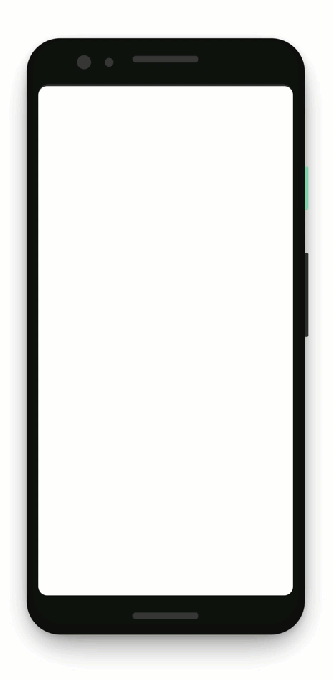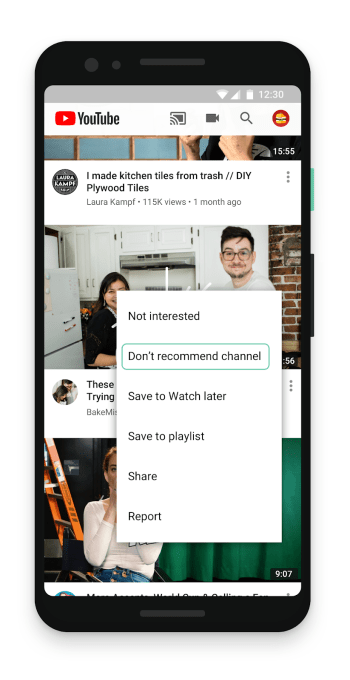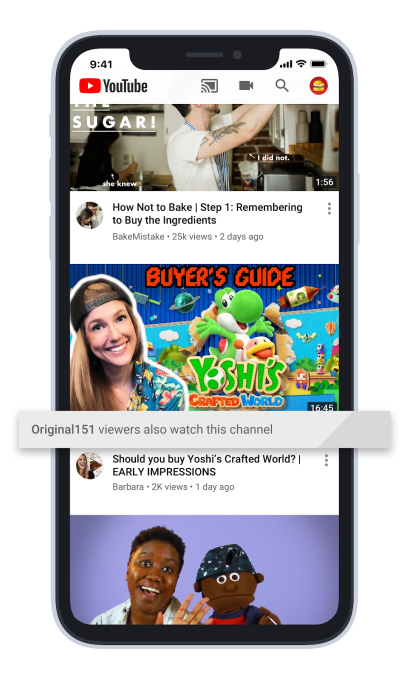Following the departure of Instagram’s founders, Facebook is working to more closely integrate the photo-sharing app with its flagship social network. It’s already added its brand name next to Instagram’s, and is working to make both platforms’ messaging products interoperable. Now, Facebook is prototyping a means of syndicating Instagram’s IGTV video to Facebook’s video site, Facebook Watch.
In another find from noted reverse engineer, Jane Manchun Wong, Instagram was found to have under development a feature that would allow Instagram users to post their IGTV content to both Instagram as a preview, as well as to Facebook and Watch — the latter by toggling an additional switch labeled “make visible on Facebook.”
Wong says the feature is still in the prototype stage, as the buttons themselves aren’t functional.
This move, should it come to pass, could prompt more video creators to use IGTV, given that it would boost their videos’ distribution by also including Facebook as a destination for their content. The videos could also be part of an ongoing, episodic series, Wong had found.
This, in turn, could help IGTV — an app which hasn’t quite taken off as a standalone video platform. Today, IGTV takes inspiration from TikTok and Snapchat’s vertical video. It’s meant to engage Instagram users with longer-form, portrait mode video content but within Instagram and in a separate IGTV app. But IGTV has often been filled with poorly cropped and imported web video, rather than content designed specifically for the platform.
Meanwhile, the IGTV app has struggled to rise to the top of the App Store’s charts the way its parent, Instagram has. Today, it’s ranked No. 159 in the Photo & Video category on the App Store, and unranked in the Overall top charts.
To address some of the issues that creators have complained about, Instagram this week rolled out a few changes to the upload experience. This included the new ability to select the 1:1 crop of an IGTV thumbnail for the creator’s Profile Cover as well as the ability to edit which 5:4 section of the IGTV video shows in the Feed.
IGTV will also now auto-populate Instagram handles and tags on IGTV titles and descriptions, and will now support the ability to longer video from mobile. With the latter change, IGTV has increased the minimum threshold to upload on mobile to one minute, and is allowing mobile uploads up to 15 minutes.
Instagram declined to comment on the possible syndication of IGTV content to Facebook and Facebook Watch.

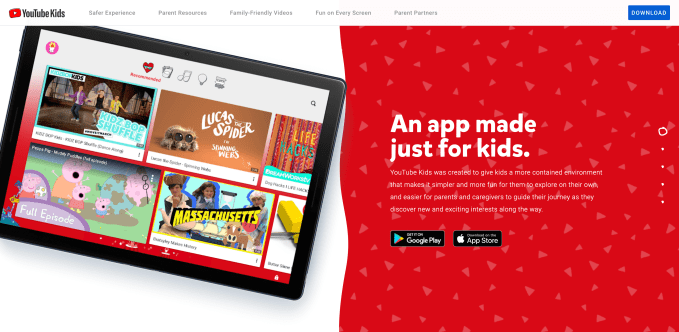
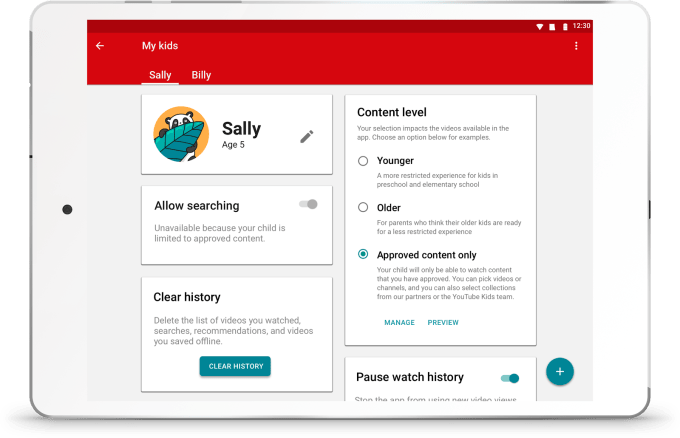
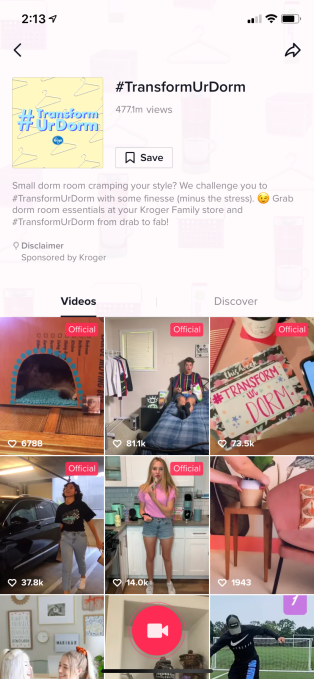
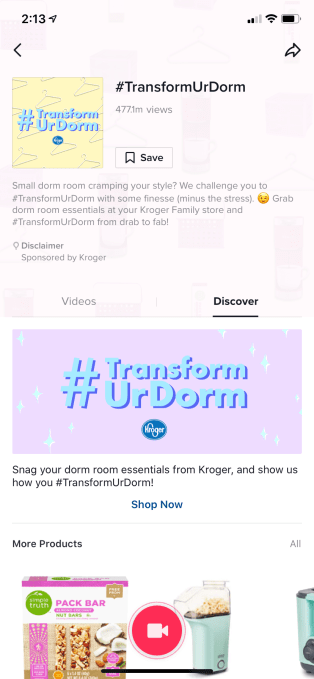
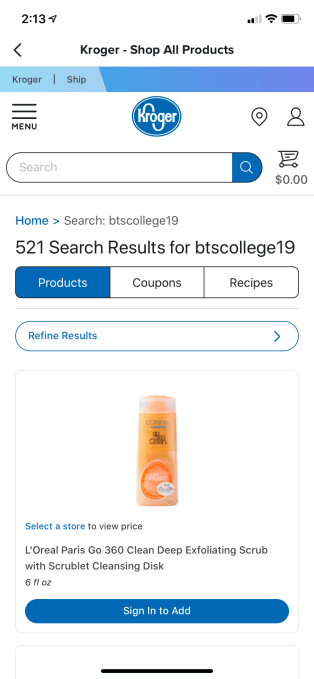
 Fast internet connections and smart mobile technologies continue to offer SMBs more opportunities for reaching customers and clients. One of the most recent innovations is live video streaming, an inexpensive and convenient way to increase your business value and diversify your services portfolio. It’s a huge and open-ended service, so why don’t we narrow down six of the best video types for reaching out to your target audience.
Fast internet connections and smart mobile technologies continue to offer SMBs more opportunities for reaching customers and clients. One of the most recent innovations is live video streaming, an inexpensive and convenient way to increase your business value and diversify your services portfolio. It’s a huge and open-ended service, so why don’t we narrow down six of the best video types for reaching out to your target audience. Video content can be a great addition to your post-click landing page. It’s also a nice way to get more out of your marketing campaign efforts. In fact, it has become increasingly important as customers expect brands and businesses to bo present on Facebook, Instagram, Twitter, and other social platforms. So what types of video content can you use to drive engagement?
Video content can be a great addition to your post-click landing page. It’s also a nice way to get more out of your marketing campaign efforts. In fact, it has become increasingly important as customers expect brands and businesses to bo present on Facebook, Instagram, Twitter, and other social platforms. So what types of video content can you use to drive engagement? We have entered a post-text world. This means multimedia has dominated every channel making written content like standard blogs out of style. This means you need to update or completely reinvent your video content such as video blogs (vlogs), which are being used to engage customers. Take a look at these types of video content.
We have entered a post-text world. This means multimedia has dominated every channel making written content like standard blogs out of style. This means you need to update or completely reinvent your video content such as video blogs (vlogs), which are being used to engage customers. Take a look at these types of video content.
